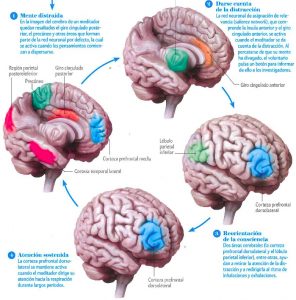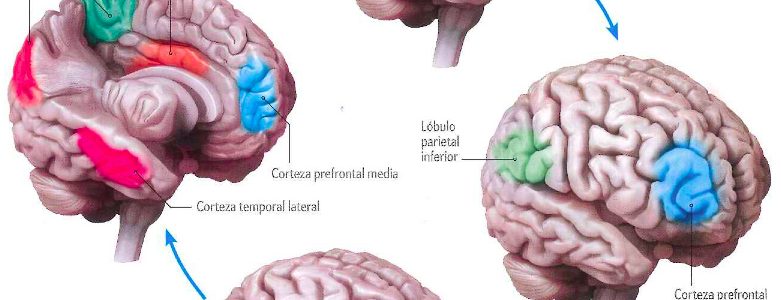didactics in neuroscience
 In the field of Educational Sciences (Psychology and Pedagogy) arises neurodidactic as a new discipline whose objective aims to improve teaching and learning processes.
In the field of Educational Sciences (Psychology and Pedagogy) arises neurodidactic as a new discipline whose objective aims to improve teaching and learning processes.
The so-called neurosciences allow us at present to get closer to knowing more of the brain as a moldable organ, which can be reorganized in a structural and functional way adapting itself to learning.
Learning processes, considered by neuroscientists as brain processes, are susceptible to (meta) cognition or attention to our own cognition. Asking ourselves about what we do (breathing, body posture …) what we feel (emotions, moods) or what we think (internal or external verbalizations) directs attention to our own cognitive processes.
The plastic characteristic of the brain, which allows us to generate new neurons and connections, must lead us to understand intelligence as a dynamic construct, in which relevant emotional factors such as motivation or self-control influence, in such a way that processes such as attention and Working memory play a major role in active learning.
At present we know that learning achievements depend largely on curiosity and this increases to the extent that these achievements are adequate, in addition to prior knowledge, to the ability to care.
There are studies that show that attention and self-control can be improved at an early age (Petersen and Posner, 2012) and that practice sessions for the improvement of care are short (Rueda et al., 2005).
Attention is studied as a limited resource, and this suggests the need to split the class into blocks of ten or fifteen minutes: “And as we remember more what we learn at the beginning and at the end of the tasks (effect of primacy and recency ), The beginning of the class should be used to analyze the most important questions or to raise that challenge that arouses the necessary curiosity of the students, whereas, in the last minutes, the student should perform some task that allows him to synthesize the most Relevant analyzed “(Guillén, 2015).
The work on the above-mentioned attentional processes, in the mode of contemplative techniques (Matthieu et al., 2015), can be carried out with the entire educational population adapted to the ages. If we understand that the attention deficit is susceptible and depends on the internal and external situation of every individual, beyond labels, we can analyze attention in terms of levels and direct this work to the motivational aspects of each one.
– Guillén J. C. (2015): “El sueño: una dulce necesidad cerebral”. En Neuromitos en educación: el aprendizaje desde la neurociencia. Barcelona, Plataforma Editorial.
– Matthieu R., Lutz A., Davidson R. (2015): “Neurociencia de la meditación: efectos cerebrales y psicológicos de las prácticas contemplativas”. Investigación y Ciencia (450).
– Petersen S. E., Posner M. I. (2012): ”The attention system of the human brain: 20 years after”. Annual Review of Neuroscience 35(1), 73–89.
– Rueda M. R. et al. (2005): “Training, maturation and genetic influences on the development of executive attention”. Proceedings of the National Academy of Sciences, 102, 14931-14936.
